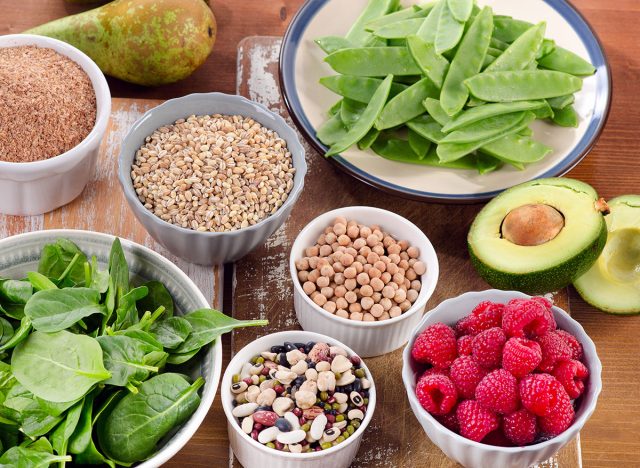Your blood needs sugar in it at all times. It’s your body’s foundational source of energy, and without it, your body wouldn’t be able to complete its usual tasks or functions. But while it’s crucial for your blood to have glucose, there’s also a fine line between your glucose levels being too low and too high.
When your blood sugar starts to rise, your body produces insulin in order to help your body’s cells absorb the blood sugar. This helps your body use it as energy. But if your blood sugar is too high over time, this can lead to hyperglycemia.
Hyperglycemia—or high blood sugar—is often associated with type 2 diabetes and can lead to organ damage if it’s left untreated. While some cases of high blood sugar are caused by genetics or other existing illnesses, a person’s diet and lifestyle often play a significant role in their blood glucose levels.
For example, a diet higher in processed carbohydrates and refined sugars can lead to higher blood glucose because of the way your body processes these foods. So when it comes to choosing a healthier diet, Trista Best, MPH, RD, LD a registered dietitian at Balance One Supplements, says that the most crucial eating habit to have in order to lower your blood sugar is eating enough soluble fiber.


One reason why eating soluble fiber is such a crucial habit for managing blood sugar is that this nutrient supports the growth of gut bacteria that play a role in blood sugar regulation. “Soluble fiber improves insulin sensitivity by feeding the gut’s beneficial bacteria. When these bacteria are present in high numbers, they are better able to digest the food we eat and mitigate the body’s insulin response,” says Best.
READ RELATED: Death rates from drug overdoses hit historic highs in 2020
Specifically, gut microbes produce metabolites that are called short-chain fatty acids (SCFAs). According to study published in Science, these SCFAs are an important energy source for your body, and deficiencies in these fatty acids have been associated with type 2 diabetes.
The study suggests that a diet high in fiber can help facilitate the growth of more SCFAs, as well as help with blood sugar regulation for those with diabetes.
Along with helping to maintain healthy gut bacteria, fiber can help in reducing blood sugar spikes. “Soluble fiber also slows sugar absorption, which prevents rapid spikes in blood sugar. This slower rate of absorption allows the cells to adjust to insulin’s effects more slowly without a rapid influx.”
The best sources of soluble fiber
When talking about dietary fiber, there are two types to consider: soluble and insoluble. Both are crucial in having a healthy, balanced diet. While many foods contain both types, they often contain them in different amounts.
“Legumes like black beans, kidney beans, and lima beans are rich sources of soluble fiber, and sweet potatoes also provide a great source of soluble fiber and are an excellent carbohydrate source for those with diabetes,” says Best. “Other foods high in soluble fiber include broccoli, Brussel sprouts, avocados, carrots, and apricots.”
Source:









